What Is Lychee Fruit – Learn About Growing Lychee Trees
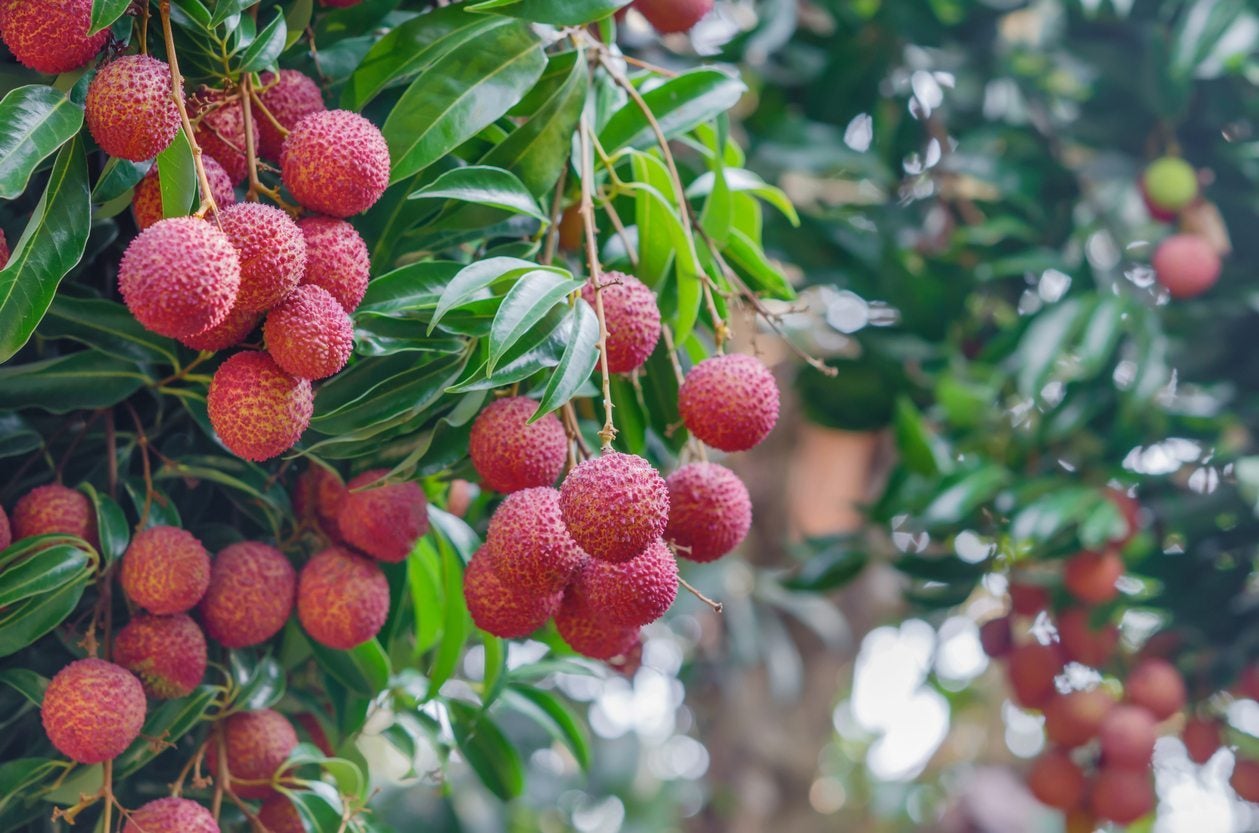
Where I live in the Pacific Northwest we are privy to a plethora of Asian markets and there’s nothing more fun than tooling around investigating every package, fruit and vegetable. There are so many that are unfamiliar, but that’s the fun of it. Take lychee fruit, for instance. What’s lychee fruit, you ask? How do you grow lychee? Read on to answer those questions, and learn about growing lychee trees and harvesting lychee fruit.
What is Lychee Fruit?
Lychee fruit is a rarity in the United States, probably because it isn’t commercially grown on the mainland with the exception of small farms in Florida. Because of this, it isn’t any wonder you’re asking what is lychee fruit. While it isn’t commonly found here, lychee has been prized for centuries by the Chinese who passed it along to Burma in the late 17th century, who in turn brought it to India. The tree itself, Litchi chinensis, is a large, long-living subtropical evergreen that bears fruit from May through August in Hawaii. The most notable of the soapberry family, Sapindaceae, lychee trees bloom in the late winter to early spring. The resulting fruits are actually drupes, which are borne in clusters of from 3-50 fruits. The fruit is round to oval and 1-1.5 inches (25-38 mm.) across and a bumpy textured pink to red in color. Once peeled, the interior of fruit is whitish, semi-transparent, and juicy. Each drupe contains one shiny, dark brown seed.
How to Grow Lychee Trees
Since the tree is subtropical, it can be grown in USDA zones 10-11 only. A beautiful specimen tree with its shiny leaves and attractive fruit, lychee thrives in deep, fertile, well-draining soil. They prefer an acidic soil of pH 5.0-5.5. When growing lychee trees, be sure to plant them in a protected area. Their dense canopy can be caught up by the wind, causing the trees to topple over. The tree can reach 30-40 feet (9-12 m.) in height. Recommended cultivars for fruit production include:
- Brewser
- Mauritius
- Sweet Cliff
- Kate Sessions
- Kwai Mi Origin
Harvesting Lychee Fruit
Lychee trees begin producing fruit in 3-5 years. To harvest the fruit, allow them to turn red. Fruit taken when it's green will not ripen any further. Remove the fruit from the tree by cutting it from the branch just above the panicle bearing the fruit. Once harvested, the fruit can be stored in the refrigerator in a plastic bag for up to 2 weeks. It can be eaten fresh, dried, or canned.
Lychee Tree Care
As mentioned, lychee trees need to be protected from wind. Proper pruning will also mitigate wind damage. While the trees will tolerate slightly water logged soil and light flooding for short periods, continual standing water is a no-no. Give the tree regular watering and fertilize twice a year with an organic fertilizer. Other than minor maintenance, lychee tree care is fairly minimal and it will reward you with years of beauty and succulent fruit.
Gardening tips, videos, info and more delivered right to your inbox!
Sign up for the Gardening Know How newsletter today and receive a free copy of our e-book "How to Grow Delicious Tomatoes".

Amy Grant has been gardening for 30 years and writing for 15. A professional chef and caterer, Amy's area of expertise is culinary gardening.
-
 Looking For Plants To Give You The Soft And Fuzzies? Try These 5 Fuzzy Leaf Plant Options
Looking For Plants To Give You The Soft And Fuzzies? Try These 5 Fuzzy Leaf Plant OptionsLovers of texture, drama, silver foliage and tactile plants will adore these special sensory garden additions. These fuzzy leaf plant options will leave you all aglow
By Susan Albert
-
 Get Ready For A Summer Of Hummers! Grow These Full Sun Hummingbird Plants and Flowers
Get Ready For A Summer Of Hummers! Grow These Full Sun Hummingbird Plants and FlowersIf you’re lucky enough to enjoy a sunny backyard, make sure you are maxing out on your pollinator opportunities and grow these full sun hummingbird plants and flowers
By Tonya Barnett
-
 No Fruit On Lychee Tree: What To Do When Your Lychee Isn’t Fruiting
No Fruit On Lychee Tree: What To Do When Your Lychee Isn’t FruitingLychee is a delicious tropical fruit but what if your lychee won’t produce? There are a couple of reasons for no fruit on a lychee. If a lychee isn’t fruiting, you’ve come to the right place. Click this article to find out how to make a lychee tree fruit.
By Amy Grant
-
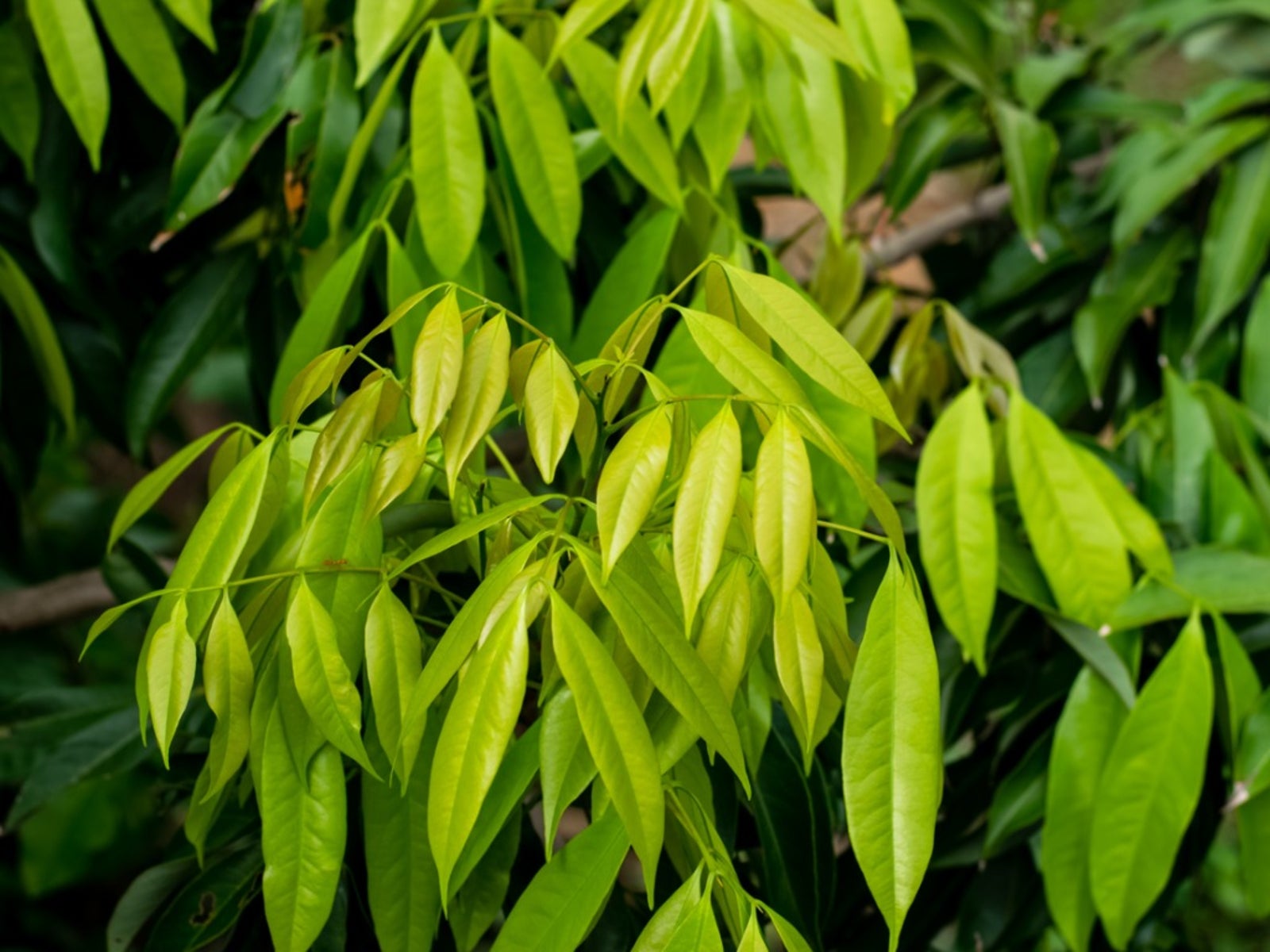 Pests Of Lychee Trees: Learn About Common Bugs That Eat Lychee
Pests Of Lychee Trees: Learn About Common Bugs That Eat LycheeLychee trees produce delicious fruit, but they are also beautiful, majestic trees in their own right. But even lovely lychee trees are not pest free. Lychee pests can cause problems for the homeowner, given its size. Click here for information on bugs that eat lychee fruit.
By Teo Spengler
-
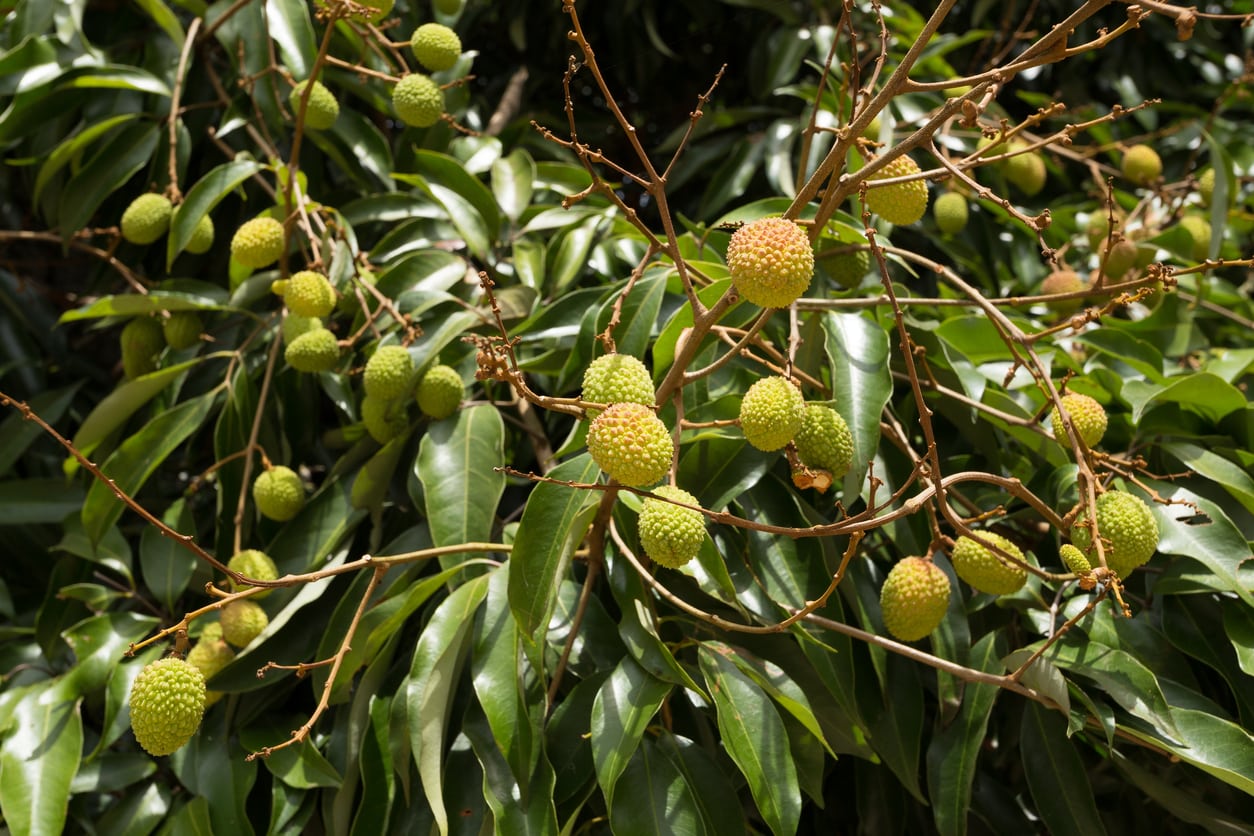 Treating A Sick Lychee Tree – Learn How To Manage Lychee Diseases
Treating A Sick Lychee Tree – Learn How To Manage Lychee DiseasesWhile it is nice to grow different plants in the landscape that not everyone else in the neighborhood is growing, you may feel completely lost and alone if problems occur on an exotic plant. Like any plant, Lychee trees can experience certain disease problems. Learn more here.
By Darcy Larum
-
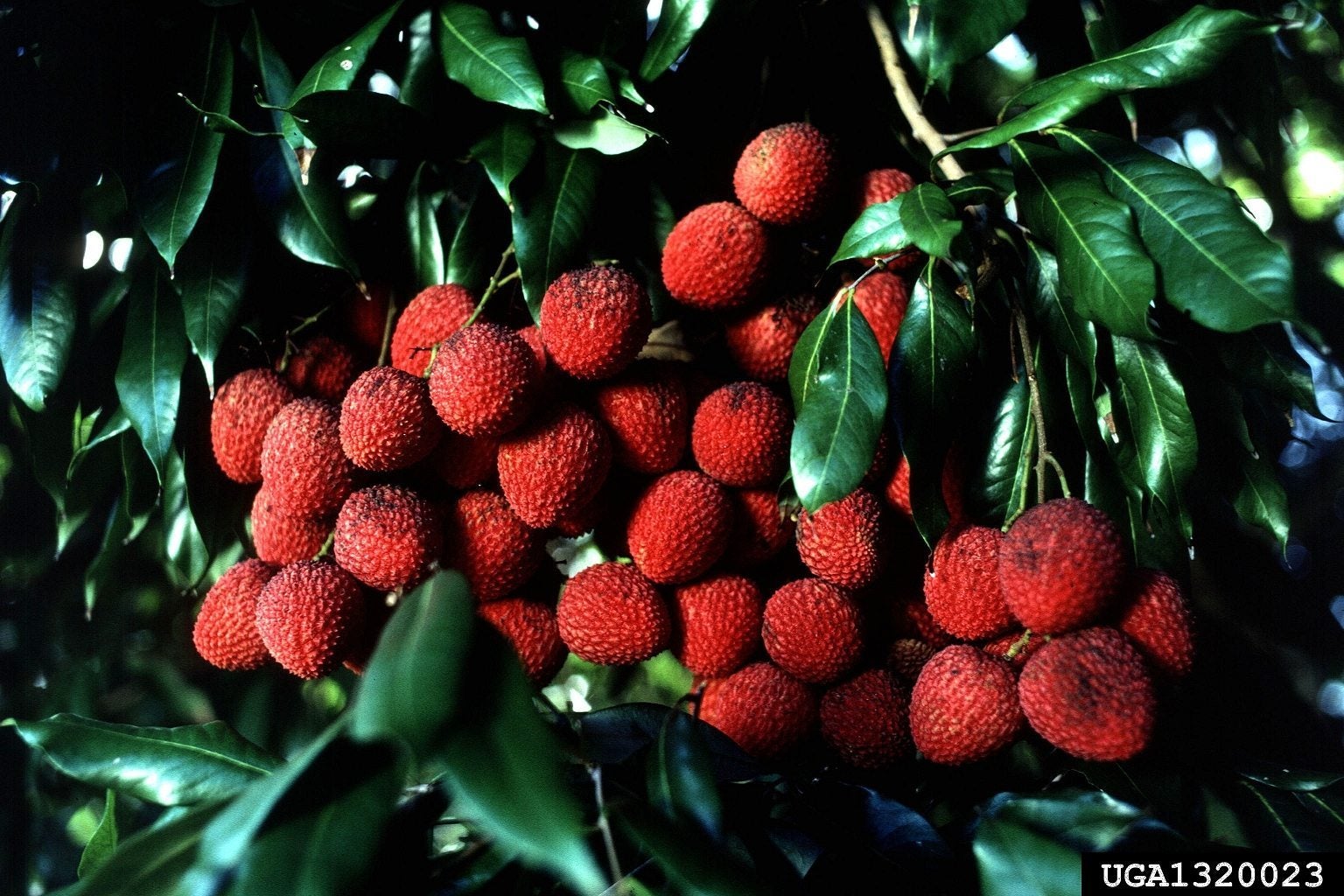 What Is Lychee Girdling: Does Lychee Girdling Work
What Is Lychee Girdling: Does Lychee Girdling WorkGirdling is a standard practice in lychee production. The process does result in higher yields if done at the right time of the year, but it isn't recommended as a consistent practice. Learn when and how to girdle a lychee for increased productivity in this article.
By Bonnie L. Grant
-
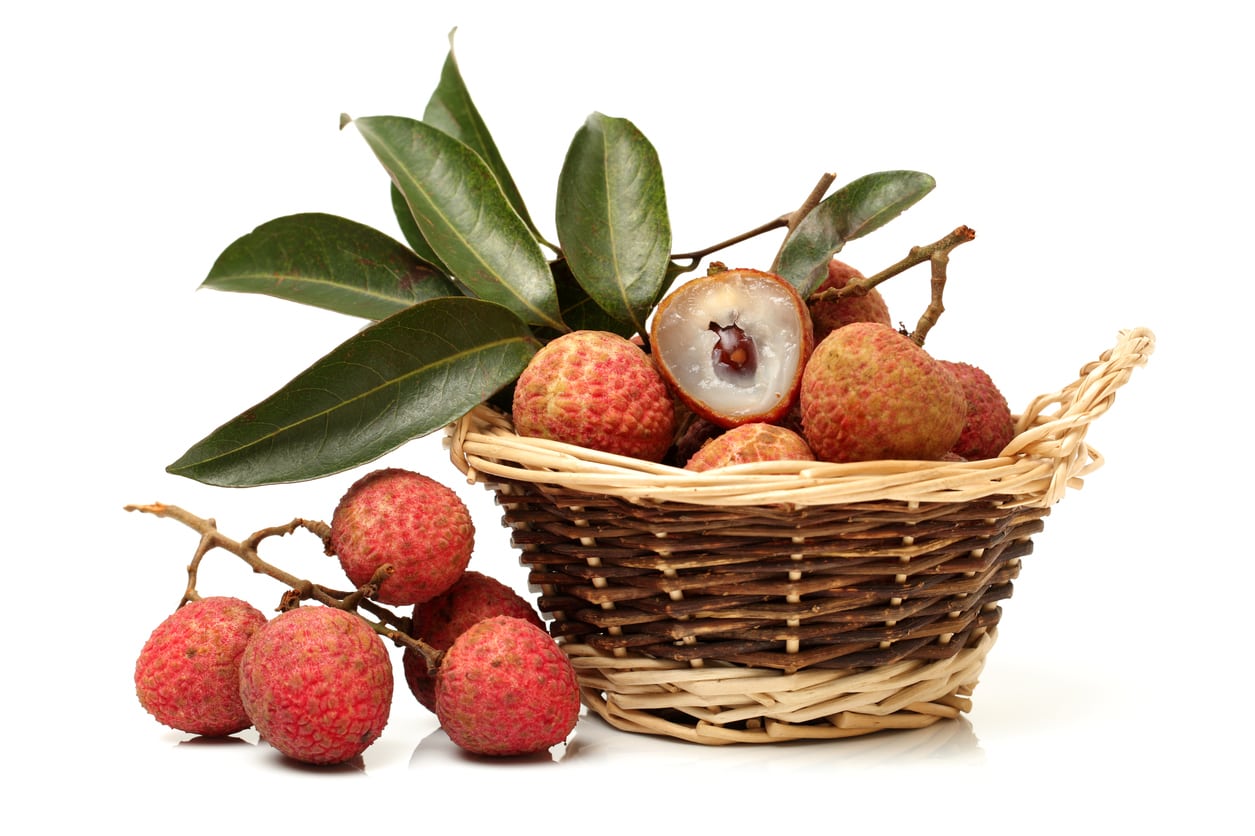 How To Harvest Lychees – Tips For Harvesting Lychee Fruit
How To Harvest Lychees – Tips For Harvesting Lychee FruitLychees are an extremely popular fruit gaining more traction around the world. If you live in a warm enough climate, you might be lucky enough to have a tree in your backyard. If you do, you're probably interested in how and when to harvest lychee fruit. This article will help.
By Liz Baessler
-
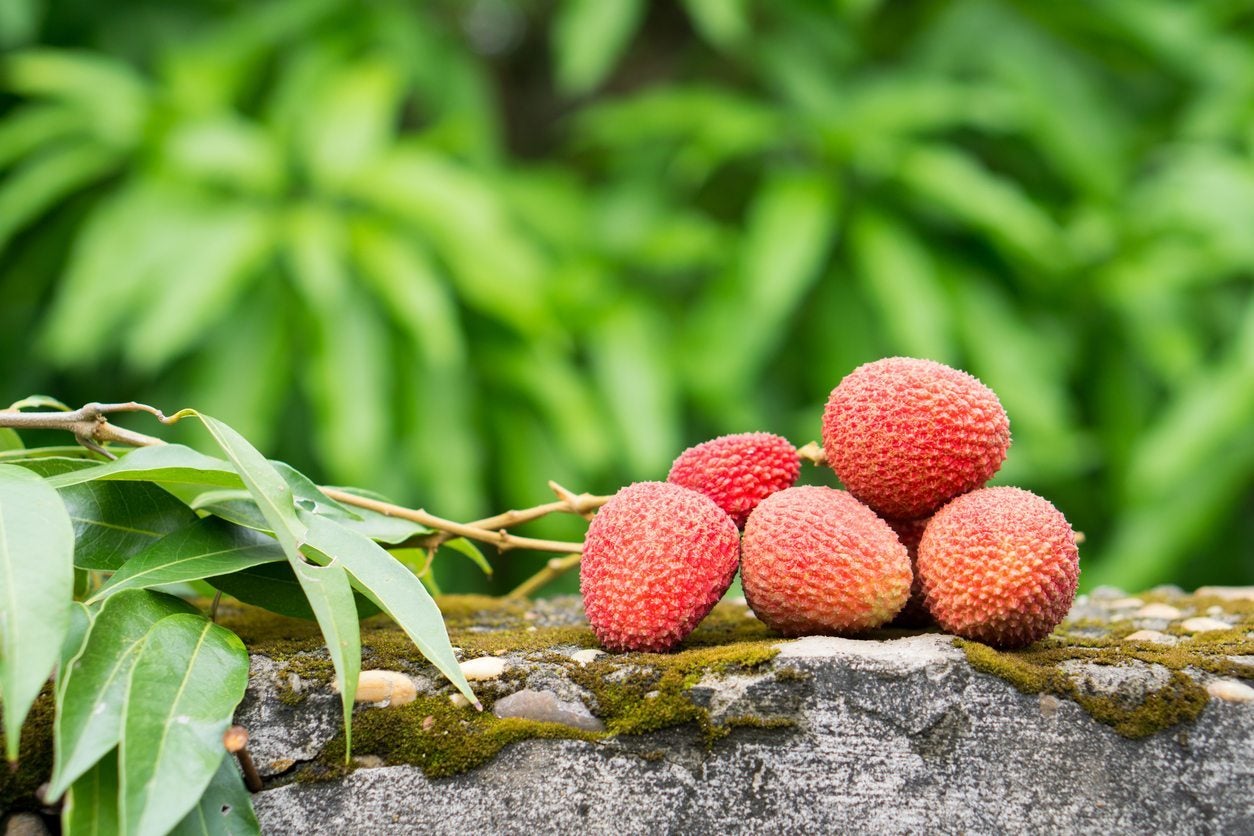 Tips For Lychee Trimming – Learn How To Prune A Lychee Tree
Tips For Lychee Trimming – Learn How To Prune A Lychee TreeLychee has been grown and cultivated for thousands of years in subtropical regions of Asia and is becoming popular in suitable areas in the U.S. Properly timed lychee tree pruning can help them produce steadier, higher fruit yields. Learn how to cut back a lychee tree here.
By Darcy Larum
-
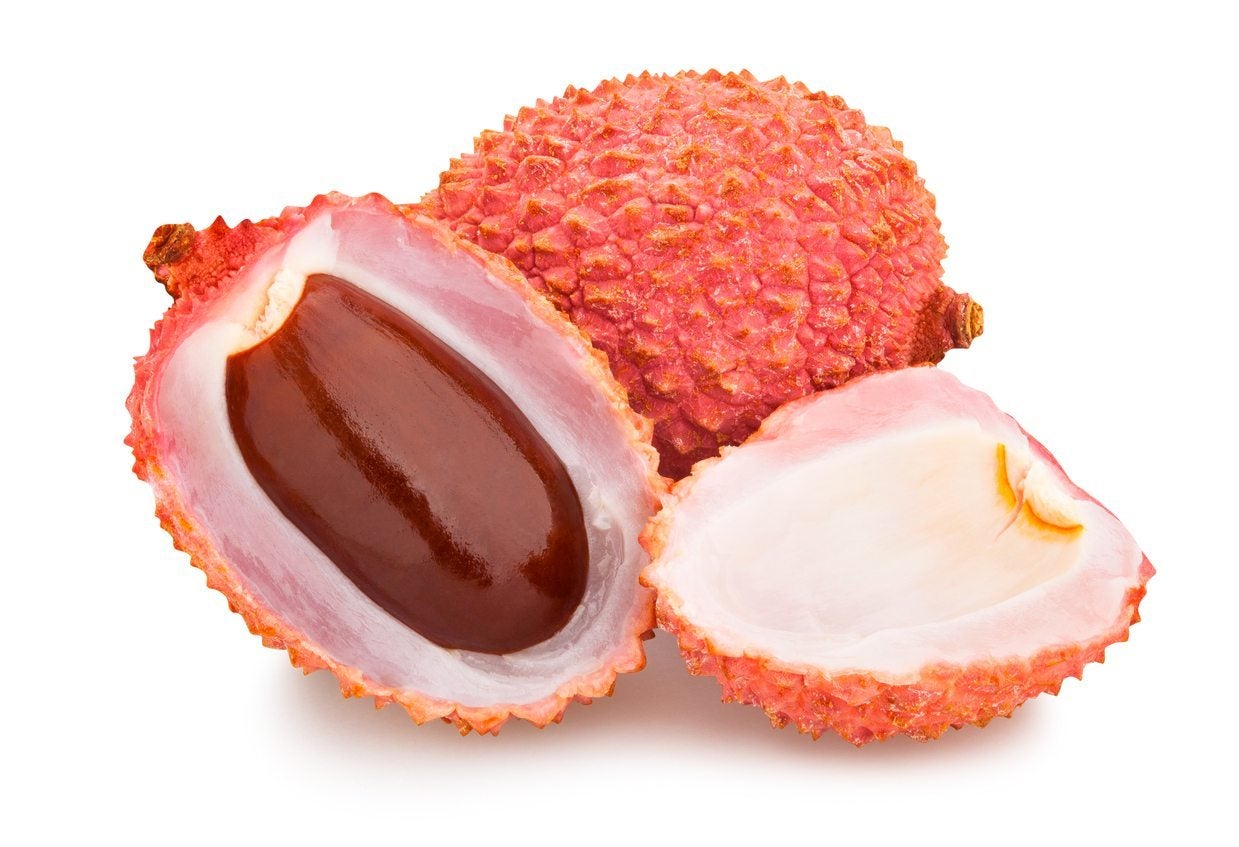 Planting Lychee Seeds: A Guide To Lychee Seed Propagation
Planting Lychee Seeds: A Guide To Lychee Seed PropagationLychees are a beloved Southeast Asian fruit that are steadily becoming more popular worldwide. If you?ve ever bought fresh lychees at the store, you?ve probably been tempted to plant those big seeds and see what happens. Click here for lychee seed growing info.
By Liz Baessler
-
 Problems With Lychee Trees: Common Lychee Pests And Diseases
Problems With Lychee Trees: Common Lychee Pests And DiseasesLychee trees are relatively easy to grow and some people in northern climates even grow this warm-weather plant indoors. However, the tree isn't immune to its share of problems. Click here to learn about potential problems with lychee trees.
By Mary H. Dyer